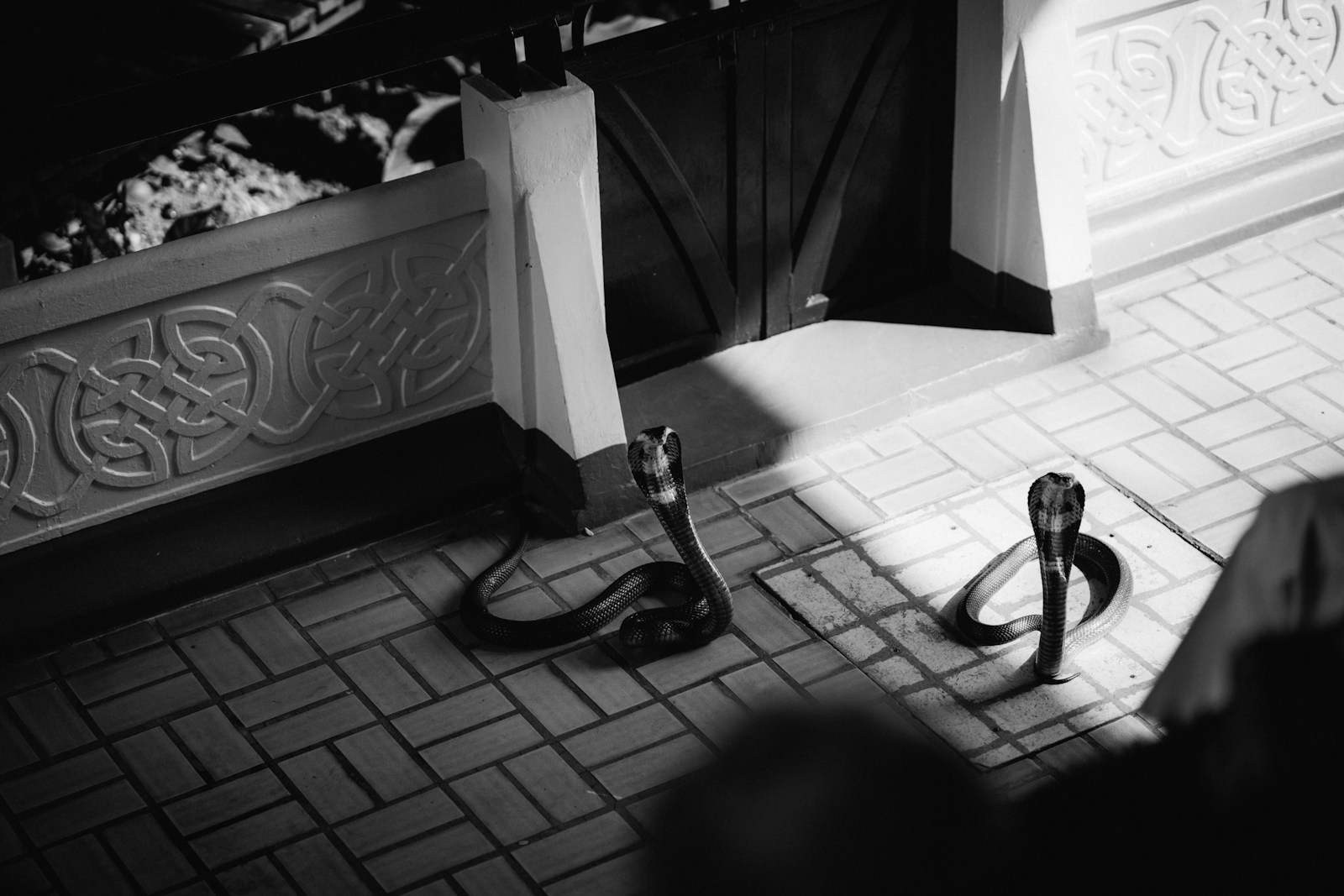Few images are as iconic and mystifying as that of a turbaned snake charmer making a cobra sway to the haunting melody of a pungi flute. This ancient practice, which has captivated audiences for centuries, sits at the fascinating intersection of folklore, entertainment, and animal behavior. But beneath the surface of this mesmerizing spectacle lies a complex reality that challenges many of our assumptions. Is snake charming truly based on scientific principles, or is it merely an elaborate illusion?
As we unravel the mysteries behind this age-old practice, we’ll discover that the truth involves a surprising mix of animal biology, human psychology, and cultural tradition—with implications that extend far beyond mere entertainment.
The Historical Origins of Snake Charming
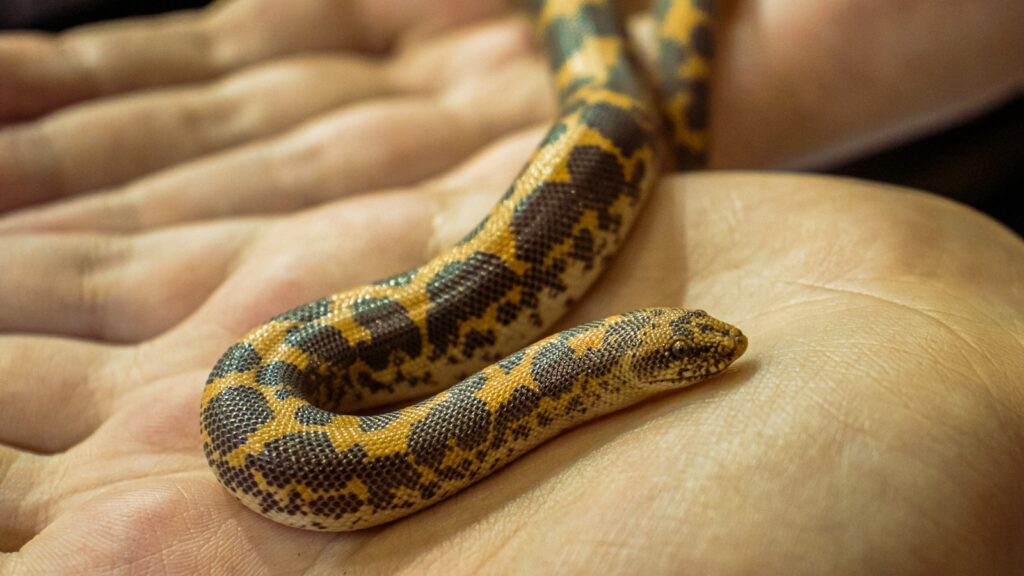
Snake charming originated thousands of years ago in India, with the earliest depictions dating back to ancient Egyptian and Indian civilizations around 3000 BCE. The practice initially had significant religious and cultural importance, particularly in India where snakes, especially cobras, held divine status in Hindu mythology.
Historical records show that snake charmers were once highly respected members of society who combined entertainment with spiritual practices and traditional medicine. In many communities, these performers were believed to possess supernatural abilities to control these feared creatures, cementing their status as both entertainers and spiritual intermediaries.
The spread of snake charming throughout North Africa, the Middle East, and Southeast Asia demonstrates how this practice transcended cultural boundaries to become a globally recognized phenomenon.
The Traditional Equipment and Performance
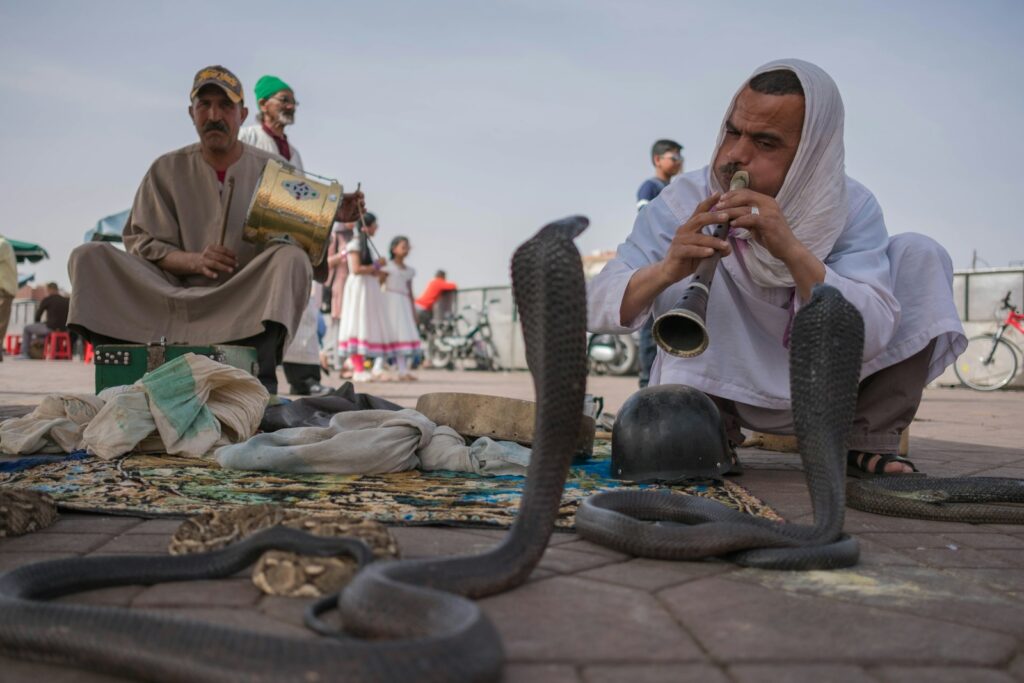
A traditional snake charming performance relies on several key elements that have remained largely unchanged for centuries. The primary instrument is the pungi (also called been or bin), a wind instrument made from a dried gourd with two bamboo pipes—one for drone and one for melody—creating its distinctive, reedy sound. The snake, typically a cobra, is kept in a round wicker basket covered with a cloth until the performance begins. When revealed, the charmer sits at a safe distance, playing the pungi while making gentle, swaying movements with his upper body.
The performance often takes place in marketplaces, tourist areas, or special events where spectators gather in a circle around the charmer. The entire setup is designed to create a sense of mystery and danger while actually maintaining relative safety for both the performer and audience.
The Biology Behind Cobra Responses
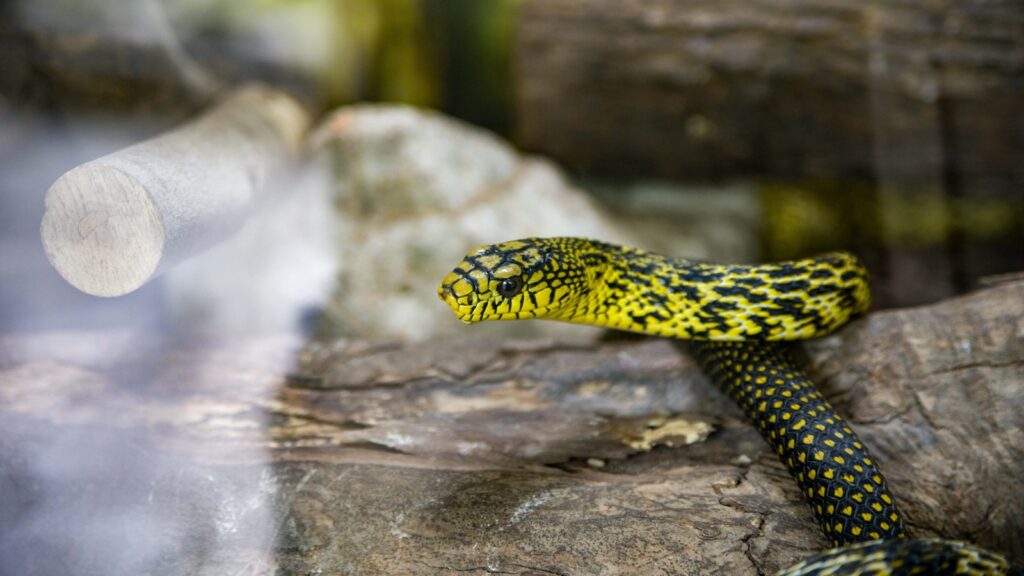
Contrary to popular belief, snakes cannot “hear” music in the conventional sense—they lack external ears and middle ear structures that would allow them to detect airborne sounds. Instead, cobras primarily respond to the visual stimulus of the moving pungi and the charmer’s swaying movements. Cobras possess specialized sensory organs that allow them to detect vibrations through the ground and air pressure changes, which may contribute to their response to the pungi’s rhythmic playing.
When a cobra rises and spreads its hood, it’s actually displaying a defensive posture, not dancing to music—the snake perceives the approaching charmer and instrument as potential threats. Research has shown that the cobra’s defensive swaying follows the movement of what it considers the most immediate threat (usually the pungi or the charmer’s hand), creating the illusion that the snake is responding to musical cues when it’s actually tracking a potential predator.
Debunking the Music Myth
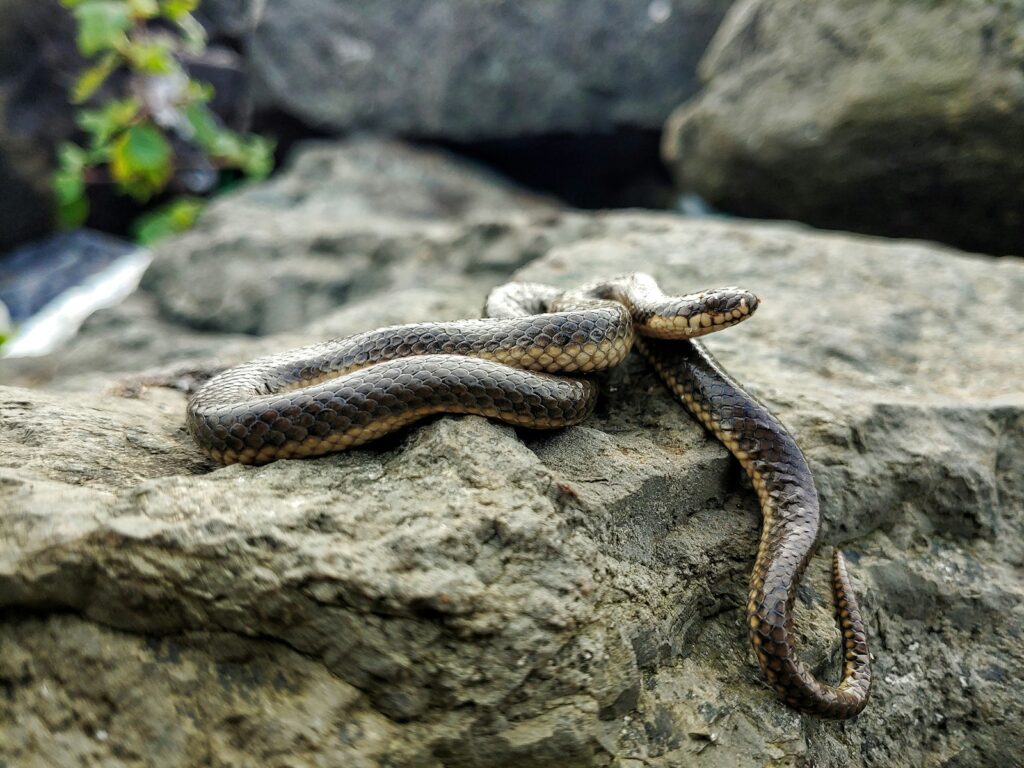
The most persistent misconception about snake charming is that snakes are somehow enchanted by the musical melodies played on the pungi. Scientific studies have conclusively demonstrated that snakes lack the auditory structures necessary to process airborne sound waves in the way mammals do. Experiments where snakes were exposed to music without visual cues showed no behavioral changes, confirming that the music itself has no hypnotic effect. What actually happens during a snake charming performance is that the cobra is responding to movement—both the swaying motion of the instrument and the charmer’s body.
The pungi does create vibrations that snakes can detect through their jawbones and internal ear structures, but these sensations alone would not produce the characteristic “dancing” behavior without the visual component. This understanding fundamentally changes how we interpret the relationship between the music and the snake’s behavior in these performances.
Controversial Methods of Snake Preparation

Behind the seemingly magical performances lie controversial practices that have drawn criticism from animal welfare advocates worldwide. Some snake charmers extract or damage the cobra’s venomous fangs or sew their mouths partially shut to reduce the risk of bites, practices that are both painful and stressful for the animals. In more extreme cases, reports have emerged of snakes being drugged to make them more docile during performances, or having their venom glands surgically removed.
Many snakes used in performances suffer from malnutrition, dehydration, and stress-related illnesses due to improper housing conditions. The snakes are often kept in small, dark containers for extended periods, which contradicts their natural behavioral needs and causes significant suffering. These harmful practices highlight the ethical concerns surrounding the continuation of traditional snake charming as entertainment.
The Science of Snake Vision and Movement Perception
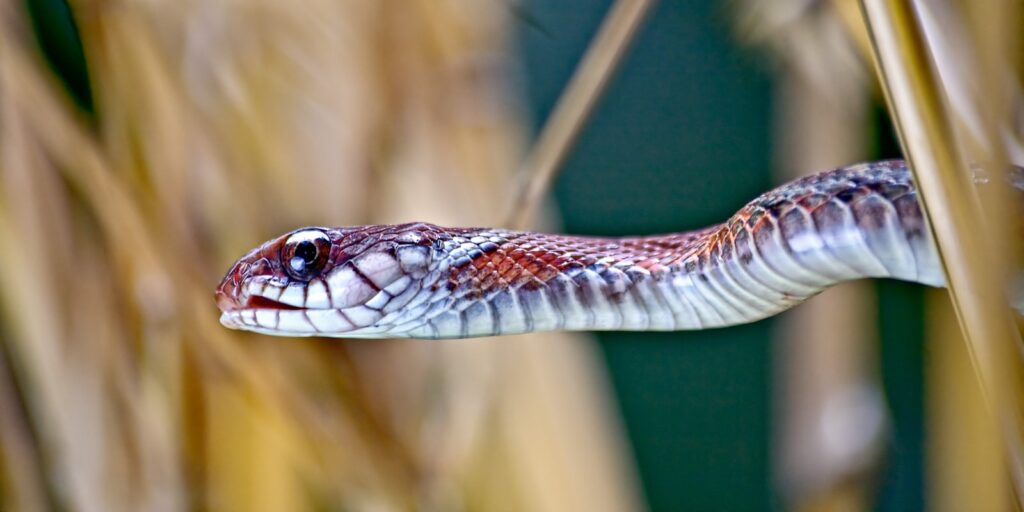
Snakes have specialized visual systems that are particularly attuned to detecting movement, which explains their responsiveness to the swaying motion of the charmer and the pungi. While snake vision varies by species, cobras have relatively good eyesight compared to many other snakes, with their visual acuity optimized for detecting moving prey or threats rather than stationary objects.
Scientific studies of cobra visual systems show they possess both rod and cone cells in their retinas, allowing them to see in various light conditions and detect the subtle movements made by the charmer. The cobra’s defensive posture—rising up and spreading its hood—is an evolutionarily adaptive behavior designed to make the snake appear larger and more threatening to potential predators.
When tracking the movement of the pungi or the charmer’s hands, the cobra’s head follows in a way that creates the illusion of rhythmic dancing, while actually representing the snake’s attempt to monitor what it perceives as a threat.
Cultural Significance and Religious Connections
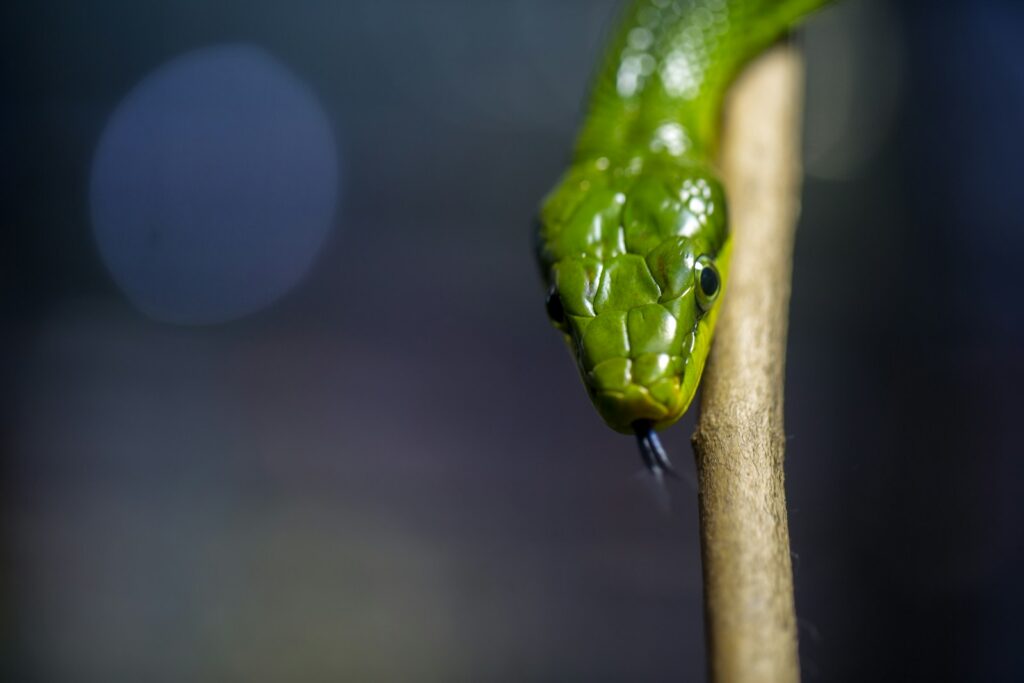
Snake charming remains deeply embedded in the cultural fabric of several societies, particularly in South Asia where the practice holds profound religious significance. In Hindu mythology, the cobra is associated with several deities, most notably Lord Shiva, who wears a cobra around his neck, and Nāga, serpent deities that protect springs, wells, and rivers.
During certain Hindu festivals like Nag Panchami, snakes are worshipped and offerings are made to snake charmers as a way to honor these divine associations. In some communities, snake charmers are still consulted for traditional remedies for snakebites and other ailments, drawing on ancient knowledge of herbal medicine that has been passed down through generations.
The spiritual and cultural dimensions of snake charming help explain why the practice has endured despite scientific debunking of its supposed magical elements and growing ethical concerns about animal welfare.
Legal Status and Conservation Implications

The practice of snake charming faces increasing legal restrictions worldwide as countries implement wildlife protection laws. In India, the Wildlife Protection Act of 1972 technically prohibits the capturing and keeping of cobras, which are a protected species, though enforcement remains inconsistent, particularly in rural areas. Conservation biologists have raised concerns about the impact of snake charming on wild cobra populations, as thousands of snakes are removed from their natural habitats annually to replace those that die in captivity.
The average captive lifespan of a cobra used in performances is significantly shorter than its wild counterpart due to stress, improper diet, and poor housing conditions. Some conservation organizations have worked with former snake charmers to develop alternative livelihoods while using their knowledge to aid in snake conservation and education programs, demonstrating possible paths forward that respect both cultural traditions and wildlife protection.
Modern Adaptations and Ethical Alternatives
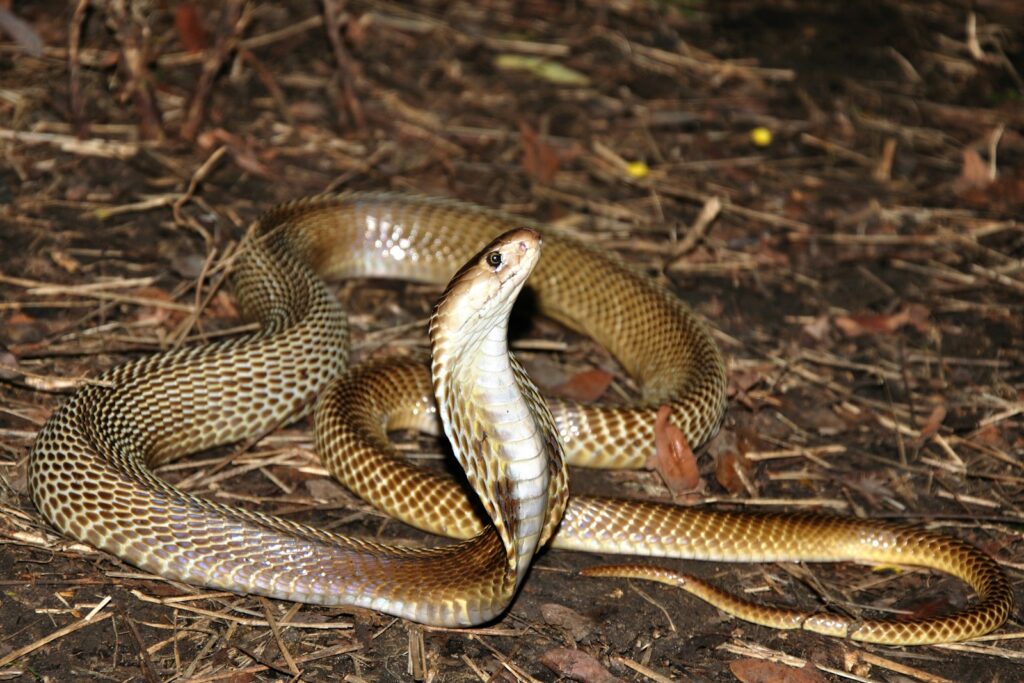
As awareness of animal welfare issues has grown, some practitioners have adapted their performances to address ethical concerns while preserving cultural traditions. In several regions, artificial snakes or sophisticated puppetry have replaced live cobras, allowing the artistic and cultural aspects of snake charming to continue without animal suffering. Some former snake charmers have transformed into wildlife educators, using their extensive knowledge of snake behavior to conduct educational demonstrations that promote conservation while still showcasing their traditional skills.
Organizations in India have established rehabilitation programs for former snake charmers, teaching them alternative skills like handicrafts, music performance, or ecotourism guiding that allow them to maintain their cultural identity and livelihood without relying on exploitative animal practices. These adaptations demonstrate how traditional practices can evolve to meet contemporary ethical standards while still honoring their cultural significance.
The Neurobiology of Cobra Defensive Behavior

From a neurobiological perspective, the cobra’s behavior during a snake charming performance represents a complex interaction between instinctive defensive mechanisms and sensory processing. When threatened, the cobra’s amygdala and related brain structures trigger a cascade of hormonal responses that prepare the snake for a fight-or-flight response, including the characteristic hood-spreading behavior. Researchers using electroencephalography (EEG) have measured increased brain activity in cobras when they detect movement, confirming the primarily visual nature of their threat response.
The snake’s nervous system is particularly optimized for detecting and responding to specific types of movement patterns that might indicate predators, which is why the swaying motion of the charmer and instrument is so effective at eliciting a response. Studies on cobra neurophysiology have revealed that their defensive posturing and movement-tracking behavior requires minimal cognitive processing, instead relying on well-developed reflexive pathways that allow for rapid responses to potential threats.
Psychological Impact on Human Observers
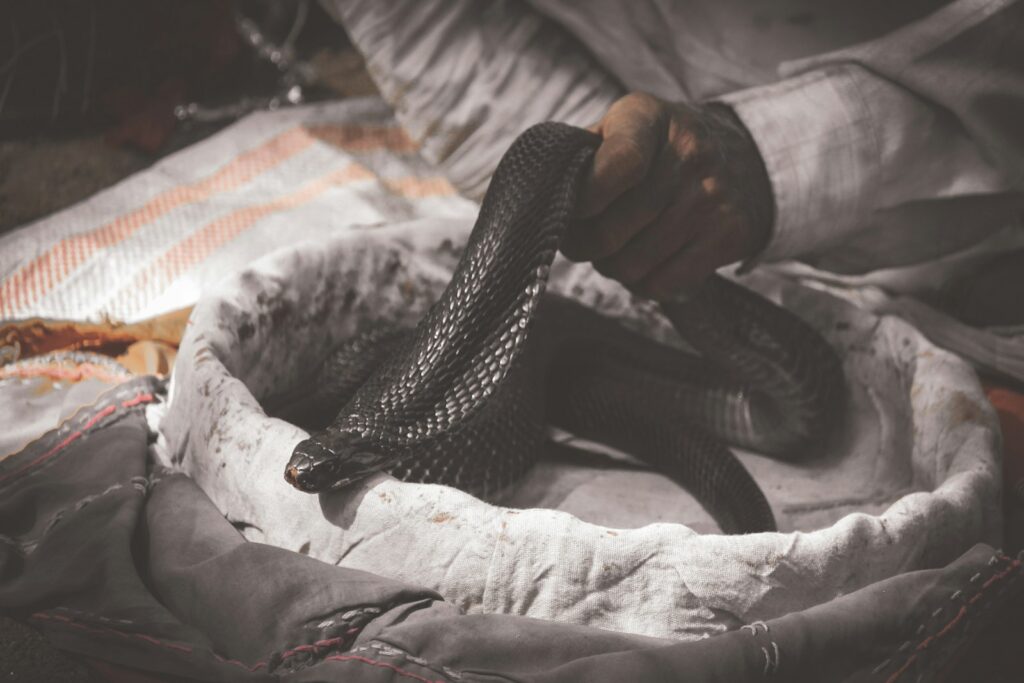
The enduring appeal of snake charming performances lies partly in their powerful psychological impact on human observers. Our innate fear of snakes, which some evolutionary psychologists suggest is a hardwired survival mechanism from our primate ancestry, creates an immediate emotional tension that makes these performances particularly captivating. The apparent control exercised by the charmer over a dangerous animal satisfies a deeply human desire to master natural threats, creating a compelling narrative of human dominance over feared creatures.
Research in audience psychology has shown that snake charming performances trigger a complex mix of fear, fascination, and relief—the emotional intensity of witnessing a potentially deadly creature up close, combined with the reassurance that it is under control. This psychological cocktail explains why, despite our rational understanding of the scientific reality behind these performances, they continue to exert such a powerful hold on the human imagination across cultures and generations.
Technological Insights into Snake Behavior
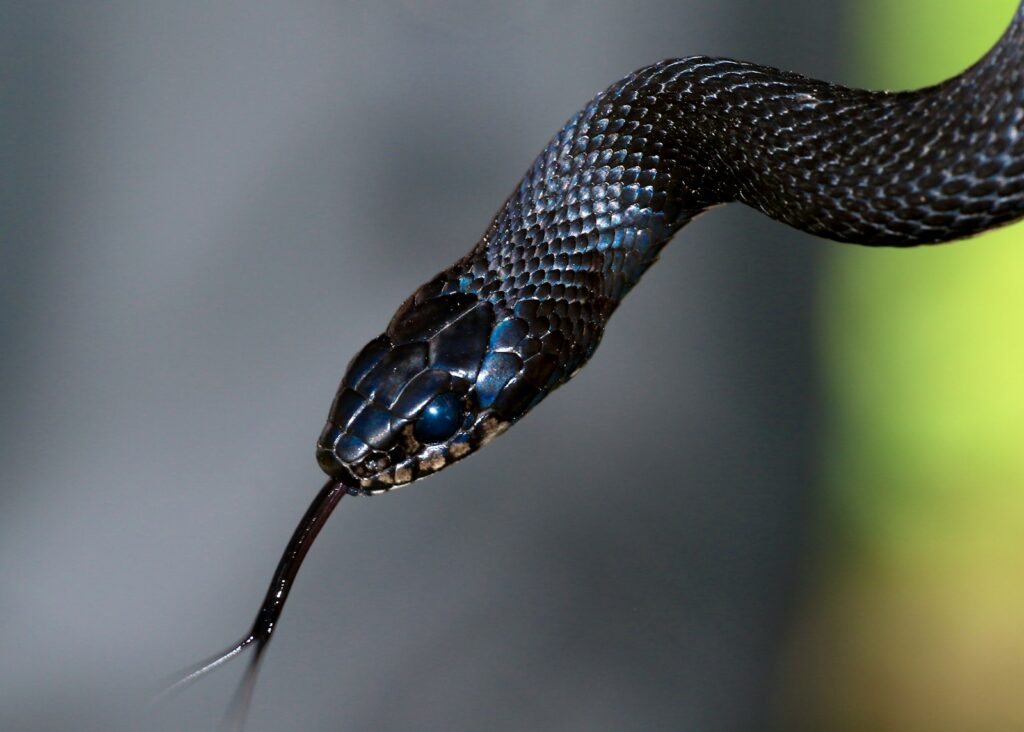
Modern scientific technologies have provided unprecedented insights into the physiological responses of cobras during charming performances. Thermal imaging studies have revealed changes in the snake’s body temperature during defensive displays, indicating increased metabolic activity and stress levels. High-speed video analysis has allowed researchers to break down the precise movements of cobras in millisecond intervals, demonstrating that their tracking movements directly correspond to the movement patterns of the object they’re following rather than to any musical rhythm.
Some researchers have used vibration sensors to measure the specific frequencies generated by traditional pungis, finding that they produce ground vibrations within ranges that snakes are capable of detecting through their bodies. Advanced neuroimaging techniques used in laboratory settings have mapped the activation patterns in cobra brains when presented with various stimuli, conclusively showing stronger responses to visual movement than to acoustic stimulation, further debunking the myth that music is the primary factor in eliciting their “dancing” behavior.
The Future of Snake Charming in a Changing World
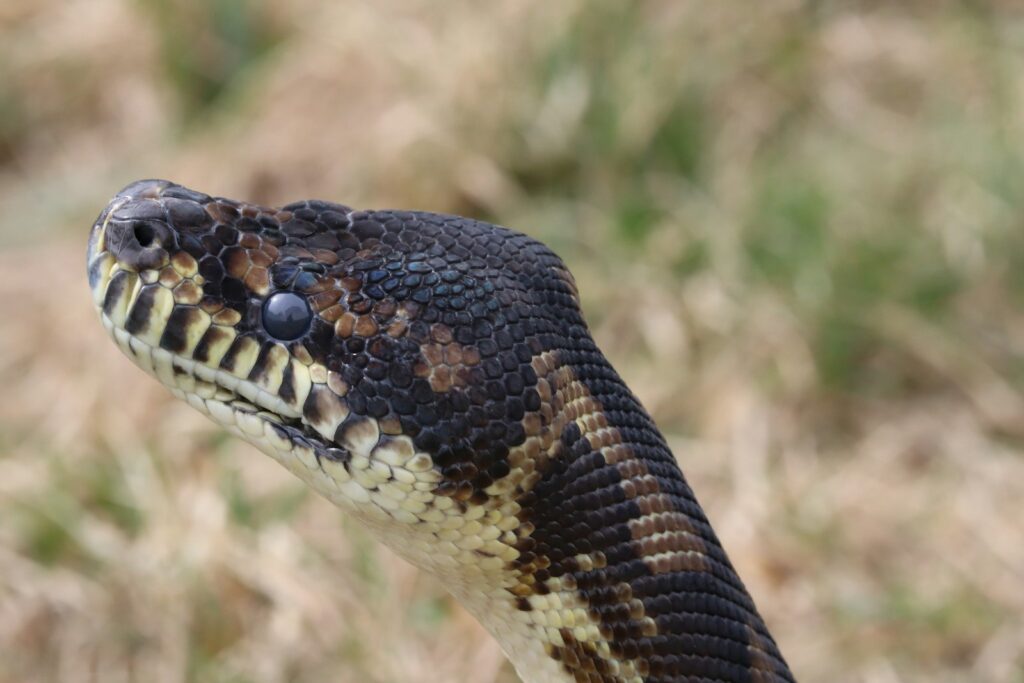
The practice of snake charming stands at a crossroads between the preservation of cultural heritage and adaptation to contemporary ethical standards and scientific understanding. As traditional communities modernize and younger generations pursue different career paths, the number of practicing snake charmers has declined dramatically in recent decades, raising questions about the future viability of this ancient tradition.
Conservation efforts and animal welfare concerns will likely continue to shape legal frameworks around the practice, potentially accelerating the transition toward animal-free alternatives that preserve the cultural knowledge and performance aspects while eliminating animal suffering.
Digital technology offers new possibilities, with some cultural heritage organizations documenting traditional snake-charming techniques and music for historical preservation while encouraging live-animal-free adaptations. The most promising path forward appears to be one that honors the cultural significance and human expertise of snake charming while reinterpreting it through a contemporary ethical lens—preserving its essence as a cultural practice while acknowledging our evolved understanding of animal welfare and snake biology.
Conclusion
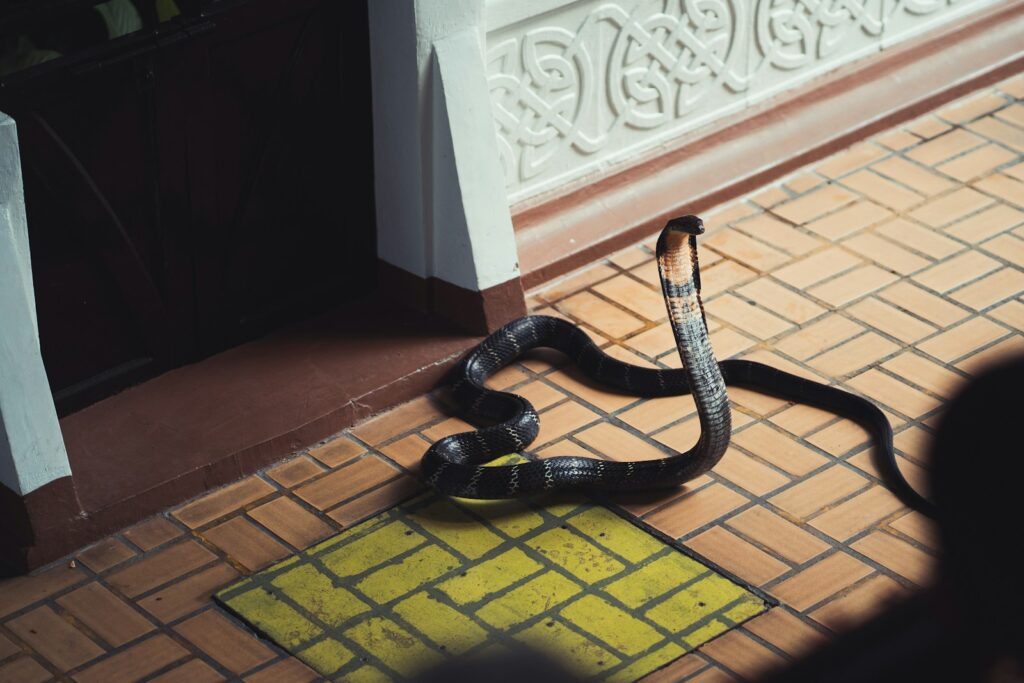
As we’ve discovered, the mesmerizing spectacle of snake charming rests not on mystical communication between music and serpent, but on a complex interplay of biology, psychology, and cultural tradition. The cobra responds not to melodious tunes but to movement and perceived threats, using sensory systems quite different from our own.
This scientific understanding doesn’t diminish the cultural significance of snake charming, but it does invite us to reconsider how these traditions might evolve in an age of greater awareness about animal welfare. Perhaps the most valuable aspect of snake charming isn’t the performance itself, but the deep knowledge of snake behavior that charmers have accumulated over generations—knowledge that could be channeled into conservation, education, and a more ethical relationship with these remarkable creatures.
In understanding the science behind snake charming, we gain not only factual clarity but also an opportunity to reimagine how ancient practices might find new expression in our contemporary world.

